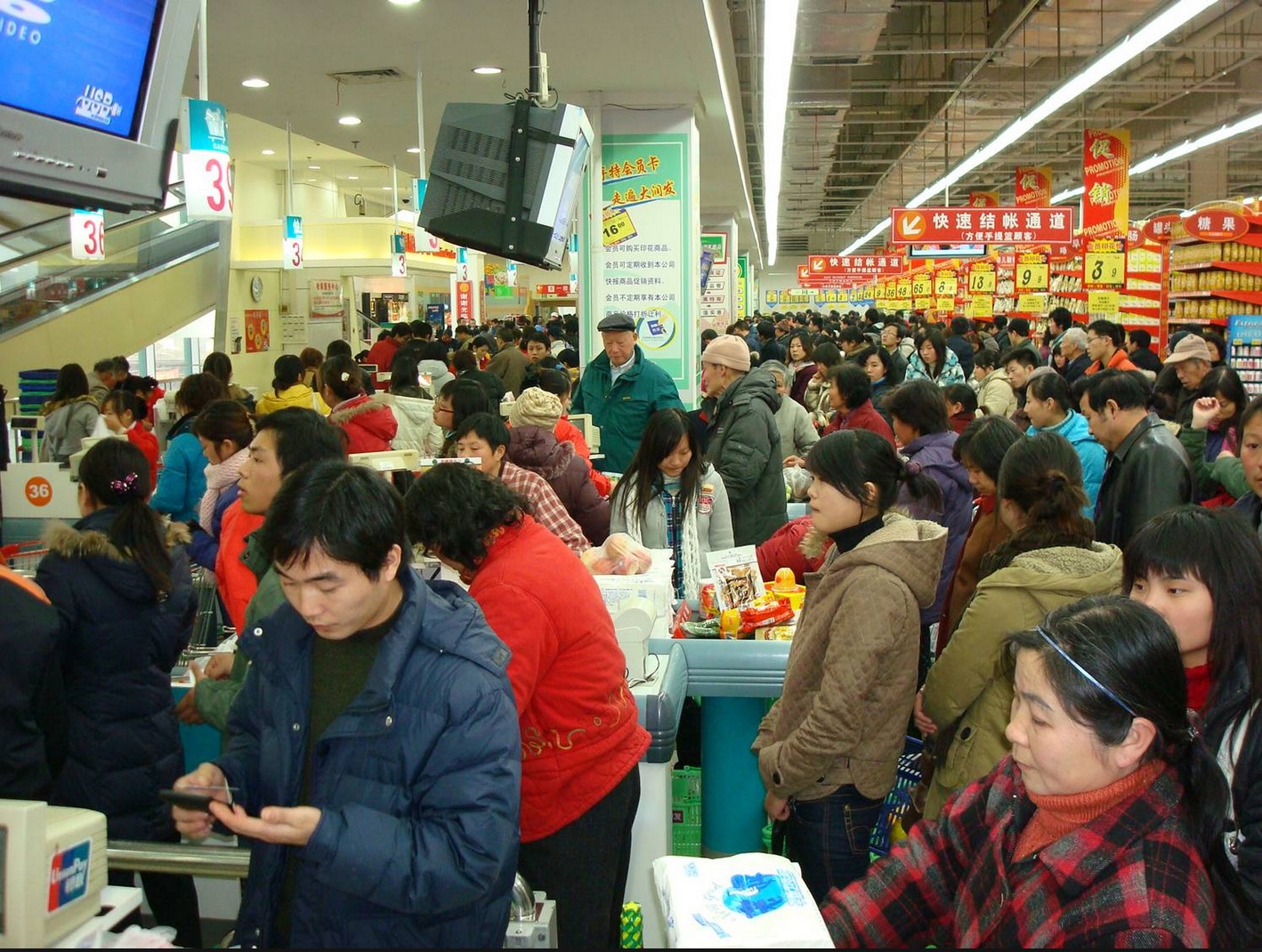China’s economic expansion has held steady in the first months of the year amid a worsening trade dispute with the United States. Growth was primarily driven by strong e-commerce and factory output.
China’s economy grew more than expected in the first quarter as it withstood headwinds from Beijing’s campaign against financial risk and trade tensions with the United States, DW reported.
The world’s second-largest economy expanded by 6.8% in the January-March period, beating analysts’ expectations and the annual rate of around 6.5% targeted by the government. Growth remained resilient even as Beijing fought its war on pollution during the winter months by cutting production for many steel smelters, mills and factories.
The gross domestic product reached 19.88 trillion yuan (about $3.2 trillion) in the first three months of 2018, up 6.8% year on year at comparable prices, unchanged from the growth rate in the previous quarter, according to the National Bureau of Statistics, Xinhua reported.
“The economy is off to a good start,” NBS spokesperson Xing Zhihong told a press conference, noting sound momentum in development, steady progress in upgrading, and improved quality and efficiency of the economy.
The GDP growth rate has stayed within the range of 6.7% to 6.9% for 11 quarters, with the jobless rate and inflation remaining stable, he said. New businesses and industries continued to grow fast, corporate profit and resident incomes steadily increased, while consumption and services played a bigger role in driving growth, he said.
Services accounted for 56.6% of the economy and 61.6% of its growth in the first quarter. Final consumption contributed to 77.8% of the economic growth, up from 58.8% last year.
In the first quarter, industrial output and fixed-asset investment growth eased from the January-February period, but retail sales and private investment growth accelerated, the NBS data showed.
Home-Grown Risks
Xing acknowledged the cloud of international uncertainties, but argued that China-US trade frictions did not pose a major problem for the domestic economy. Instead, he pointed to risks at home, DW said.
“The problems of unbalanced and inadequate development in China are acute, and the tasks for reform and development are daunting.”
After years of breakneck growth driven by exports and debt-fueled investment, authorities are increasingly worried about a possible credit crunch.
China’s trade balance swung to a rare deficit in March as exports shrank by 2.7% over a year earlier. Trade accounts for less of the country’s economic activity than in earlier years, but still supports millions of jobs.
There are other problems that will also need to be addressed. Along with exports, debt-fueled investment has powered China’s economy during the past decade, prompting Beijing to step up its efforts to contain “financial risk”.
Consumers Confident
Strong consumer spending and massive investment in environmental protection helped China’s economy grow by 6.8% in the first quarter, Atimes reported.
“Consumption is really strong, there is strong wage growth in urban areas,” Iris Pang, the Greater China economist at ING, a global financial house, told Reuters in Hong Kong. “We underestimated the power of consumption in China.”
Online sales have proved a shot in the arm for retail, jumping 35.4% in the first three months of the year compared to the same period in 2017.
“The picture is pretty robust,” Cui Li, the head of macro research at CCB International, a research and information company in Hong Kong, told Bloomberg Television. “Consumption is very strong, so that is in line with the rebalancing story.”
Trade Spat
First-quarter GDP growth was also backed by robust exports, with shipments to the US jumping 14.8% on-year. Some analysts have speculated Chinese firms may have rushed out deliveries to the US as tariff threats loomed.
“We don’t expect (the US-China tensions) will evolve into a full-scale trade war, but we also argue this uncertainty will not disappear and we expect a bumpy road of negotiations. In terms of the impact of potential tariffs, it is pretty limited, particularly this year,” said Haibin Zhu, chief China economist at JP Morgan in Hong Kong.
“Even in the worst scenario that both countries start to implement the $50 billion tariffs, we’re talking about a few tenths of a percentage point and most likely it will only start to affect the economy late this year and in 2019.”


